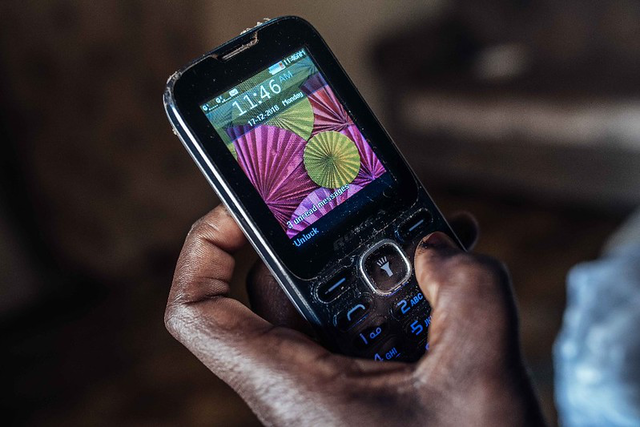How can mobile phones help poor people?
Mobile phones can be used in ICT4D (Information and Communication Technologies for Development) to help poor people.
Mobile phones can be a powerful tool for promoting development and improving the lives of people in developing countries, by providing access to information, opportunities, and services. For example:
- Healthcare: Mobile phones can be used to access health information and services, including telemedicine and other remote healthcare services. This can help to improve access to healthcare, especially for people in remote or underserved areas.
- Education: Mobile phones can be used to access educational resources, including online courses, educational videos, and other materials. This can help to improve the quality of education and expand opportunities for learning.
- Employment: Mobile phones can be used to find and apply for jobs, as well as connect with potential employers and clients. They can also be used to start and run businesses, providing a source of income and economic opportunities.
- Communication: Mobile phones can be used to stay connected with friends and family, and to access news and information from around the world. They can also facilitate the exchange of ideas and facilitate collaboration with others.
- Political participation: Mobile phones can provide a platform for people to engage in political discourse and participate in the democratic process, helping to promote transparency and accountability in governance.
8 Promising Technologies for Teacher Professional Development
The case for better in-service technology-assisted teacher professional development in low-income countries is compelling. A major push factor is the shortage of...
4 Key Findings: Smallholder Farmer Use of Mobile Phones for Agriculture
ICTforAg services and solutions disseminated through mobile phones offer the promise to connect millions of smallholder farmers and improve their access to agricultural...
Lessons Learned as the First Global Humanitarian Partner for TikTok
The IFRC / TikTok story started only 10 months ago when our Red Cross video guy and trend-spotter Damien Naylor suggested we take a look at the shiny new platform...
Is Meaningful Universal Connectivity a Solution to Slowing Broadband Adoption?
2019 marks several important milestones for the Internet and its usage around the world:
50 years since the very first internet data transmission
30 years since...
The Main Drivers of Mobile Phone Ownership Will Surprise You
Mobile phone services were introduced in Nigeria in 2001. Yet, we still don’t really know who owns a mobile phone in Africa’s most populous country....
3 Examples of Corner Use Cases Driving Digital Solution Innovation
Two years ago, I joined Dimagi, who is well known for making CommCare, with the exciting but daunting prerogative to diversify the company’s portfolio. As an...
Why Does South Asia Have the World Largest Mobile Phone Gender Gap?
Today in India, 67% of men own mobile phones, but only 33% percent of women do. South Asian countries in general are clear outliers among countries of similar levels...
3 Digital Business Opportunities with Micro Merchants in Bangladesh
Imagine you could impact over 1.3 million people and their families, who represent 13% of the gross domestic product of Bangladesh. That’s the promise with...
The Definitive Guide to Mobile Data Collection in International Development
Are you mobile data collection curious? Do you have colleagues who always ask you how to collect qualitative and quantitative data using mobile devices? Or do you...
9 Lessons Learned in Rolling Out Dimagi’s Mobile Device Management Pilot
Enumerators, who are people like you and I, like to download Candy Crush, Facebook, YouTube videos, mobile screen savers, to their mobile phones, and use up significant...












